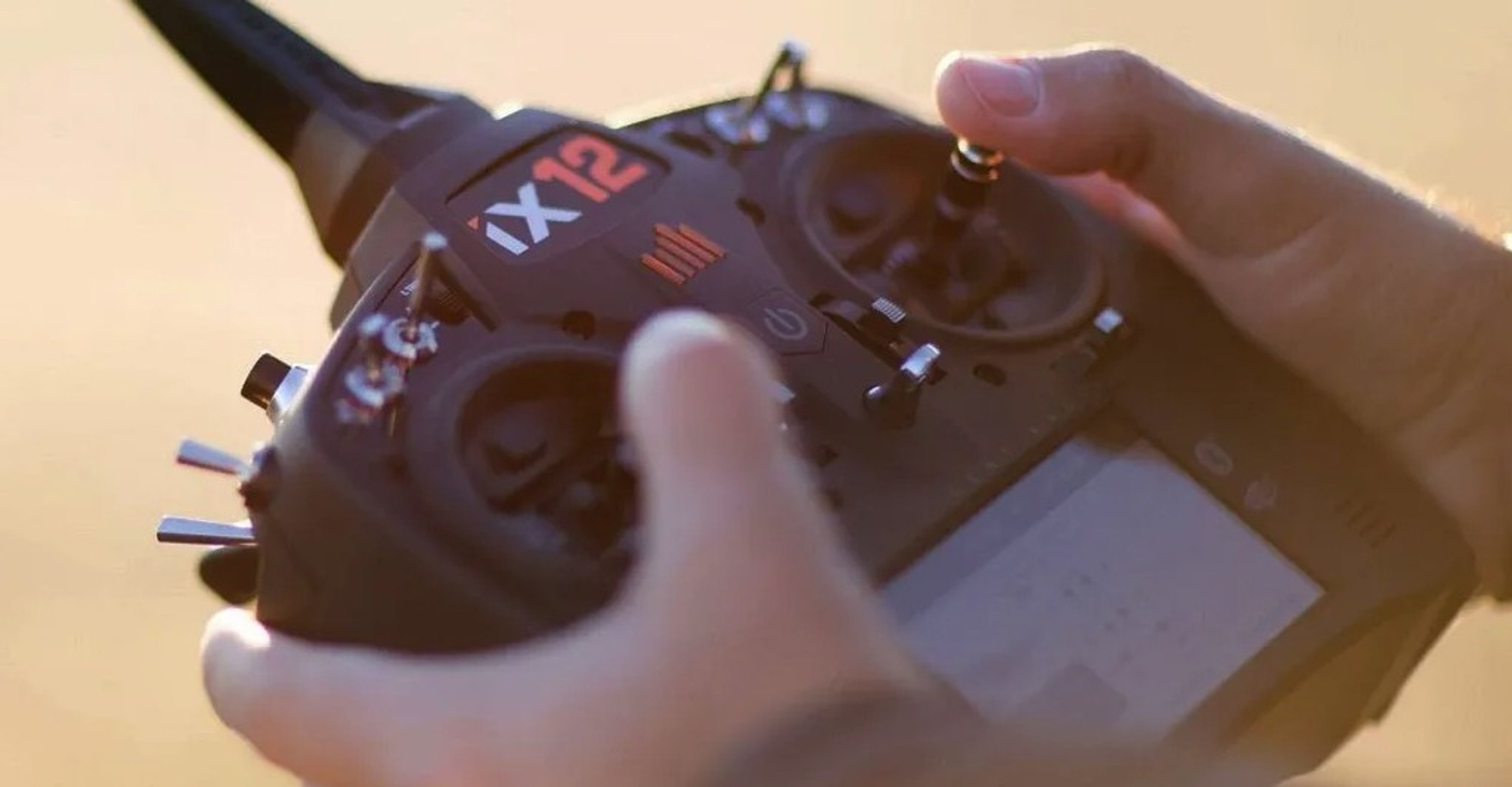Many transmitters work on 2.4GHz protocols. What is it, and can I use any receiver with any transmitter?
The 2.4Ghz band was first introduced to Radio Control by the Spektrum brand with the now famous Spektrum DX7 Transmitter. It replaced ‘crystal’ technology which consisted of the 36, 40 and 27mhz systems that were on a given ‘channel’. There were many reasons for the change, however the most relevant is to allow more available frequencies, or “spots”, for people to operate their models on. The 2.4Ghz offers incredible reliability, the shorter wavelength also brings less signal penetrating power (less range), however, this can be combated with a higher RF (radio frequency) power output which is built into 2.4Ghx Transmitter systems. Longer wavelengths like the old 36, 40 and 27Mhz bands did offer that long wavelength and penetrating power for a relatively low radio-frequency power outputs but were let down by the bandwidth becoming crowded quickly and dramatically limiting the number of users and the risk of “turning on” to the same channel and controlling another model. This lead to interference issues and users being limited to how often they are able to operate their models, especially in a club environment, or busy public field.
We now have transmitters available, for example, the Jeti DS-24, that utilize the 900Mhz band to give the operator redundancy on multiple frequency types. The long wavelength and the versatility of 900Mhz, plus the channel availability of 2.4Ghz. Jeti also use this as a redundancy system which is particularly useful for large value models and transmission of telemetry data.

Although the 2.4Ghz covers the complete spectrum range. Different brands use different modulation (a signal that typically contains information to be transmitted.) the type of modulation is proprietary to the given company that produce the equipment. What this means is that although it is possible to have a transmitter and a receiver on 2.4Ghz in different brands. They will not work together unless the modulation matched. Don’t think about it as being like your home Wi-Fi network. This is typically displayed on the unit in the form of DSMX, DSM2, M-LINK, FHSS, S-FHSS, T-FHSS, DMSS or FASST. The modulation will only recognize its own protocol.

To ensure the correct reliability of any brand product it is best to choose the same branded receiver to go with your transmitter. Beware! As there are also counterfeit units that claim to work well with certain protocols. We do not supply or support any of these counterfeit products. Using these products can also void any manufacturer warranty or lead to catastrophic failures of your valuable model. We have a saying here. “how much do you love your model?” would you trust your model on a cheap counterfeit receiver to save a few bucks and potentially have it completely destroyed!
